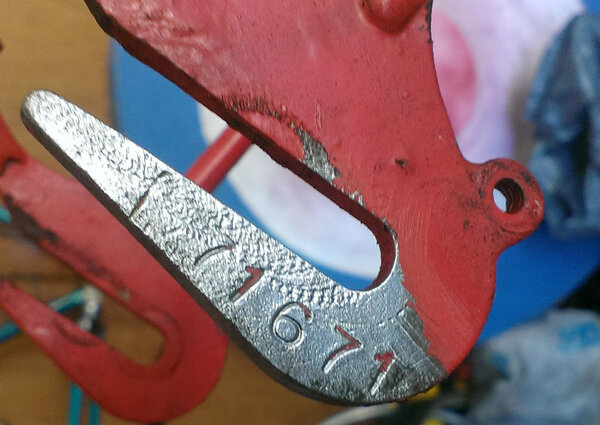OldTel
I have a Hobbs Raceweight a few months earlier than yours.

rest of the photos
and a thread on its build
OldTel may be right. It could be a D as a prefix. Can you take any clearer photo of the serial number on the rear dropout?
Does it have any lubrication point on the head tube non drive side?
and can you accurately measure the centre to centre of the head tube badge holes?
You also might try Peter at the Hobbs of Barbican Facebook page.
https://www.facebook.com/Hobbs-of-Barbi ... 153513954/
Peter is the Veteran Cycle Club Marque Enthusiast for Hobbs.
Peter may know of any other Hobbs with the light bracket the same as yours.
I have a Hobbs Raceweight a few months earlier than yours.

rest of the photos
and a thread on its build
OldTel may be right. It could be a D as a prefix. Can you take any clearer photo of the serial number on the rear dropout?
Does it have any lubrication point on the head tube non drive side?
and can you accurately measure the centre to centre of the head tube badge holes?
You also might try Peter at the Hobbs of Barbican Facebook page.
https://www.facebook.com/Hobbs-of-Barbi ... 153513954/
Peter is the Veteran Cycle Club Marque Enthusiast for Hobbs.
Peter may know of any other Hobbs with the light bracket the same as yours.
